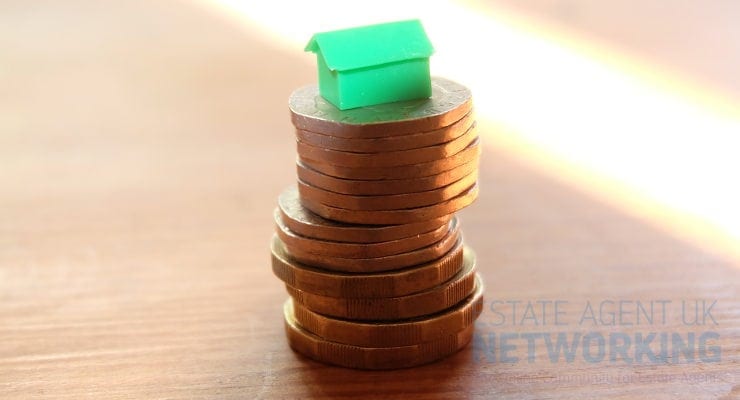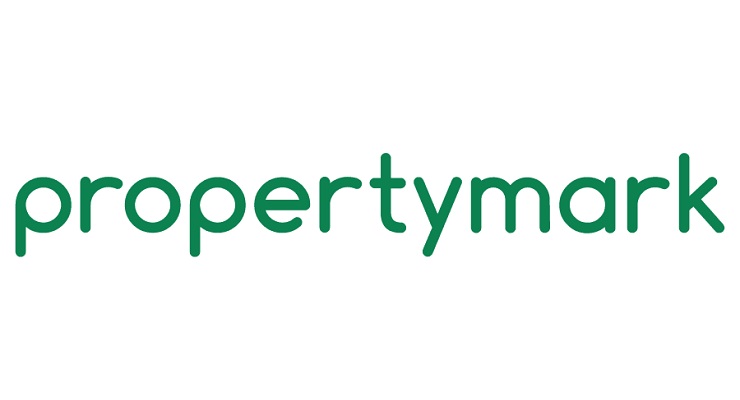More significant incentives & clarity needed to retrofit homes
Rightmove today suggests that more help and more significant incentives are needed for home-owners and landlords to improve energy efficiency and help them bring down running costs:
- Higher energy bills have contributed to one in five tenants (19%) and one in five first-time buyers (19%) saying a property’s energy efficiency will be a major factor when looking for their next home
- Housing and Levelling Up Secretary Michael Gove this week indicated landlords could be given more time to improve their properties, but clarity on the plan is needed as Rightmove research has found 40% of landlords with one property currently say they are more likely to sell than make improvements
- Stamp duty rebates and more significant mortgage and remortgage incentives could be considered to help with the costs of making green improvements
- New Rightmove data shows that if green improvements carry on at the same rate, it would take 43 years for 100% of the houses that are currently for sale across Great Britain to reach an EPC rating of A-C, and 31 years for houses that are currently available to rent
Rightmove’s Greener Homes report, published today, finds that:
- Sellers who have improved their home from an EPC rating of an F up to a C could command an average price premium of almost £56,000 (+15%) on top of the local house price growth
- Property listings for sale that mention electric car charging points are up by 592% versus 2019
- Landlords are increasingly shunning lower rated properties, with 61% saying they would not now buy a rental property below an EPC rating of C, up from 47% when asked last year
- Only 4% of homeowners have plans to have a heat pump installed in their home
A new report out today from the UK’s biggest property website Rightmove suggests that more significant incentives need to become available to help home-owners and landlords with the cost of making green improvements.
The second edition of Rightmove’s annual Greener Homes report reveals that 60% of homes for sale on Rightmove – and 50% of homes available to rent – have an EPC rating of D or below.
New measures would need to be carefully thought through, but the report suggests that the following areas could be considered:
- Stamp duty rebates if a new buyer makes green improvements in the first few years of purchase
- More significant incentives for energy efficient homes for both new mortgages and remortgages
- More grants or tax benefits for green technology such as electric car charging points and solar panels
- Enabling new innovations that speed up the creation and implementation of energy efficient technology
There has been some progress made over the past four years, but if it continues at the same rate then it will be decades before 100% of homes for sale and rent hit an EPC rating of C:
| Property type | Number of years to hit 100% of properties with EPC rating of C or above
at current rate of improvement |
| Houses for sale | 43 |
| Flats for sale | 25 |
| Houses to rent | 31 |
| Flats to rent | 16 |
Home-owner motivations
Saving money on energy bills continues to be the biggest reason why someone would make improvements to their home, with 78% saying it would motivate them to make changes.
| Motivators to make green improvements | % |
| To save money on energy bills | 78% |
| To make my home better insulated | 54% |
| To reduce my carbon footprint | 35% |
| To add value to my home | 33% |
| To help me sell my home in the future | 26% |
Adding value to a home is one of the top five reasons, and updated analysis from Rightmove shows that there continues to be a green premium for higher rated homes. When asked, only 6% of homeowners disagreed that is worth paying more money for a greener home.
Rightmove analysed 300,000 properties that sold twice over the last 15 years and had a new EPC issued, and the results show a correlation between green improvements and the increased value of a home. The analysis removed the local house price growth that the home could also have benefitted from and factored in the square footage of the property.
A property moving from an F to a C rating could increase a property’s value by an average of an additional 15%, or almost £56,000, when looking at the current national average asking price of £371,907.
| Change from first EPC to second EPC | Green price premium |
| F to C | +£55,786 (15%) |
| E to C | +£26,033 (7%) |
| D to C | +£11,157 (3%) |
Agents are increasingly including the EPC rating in their property descriptions as a selling point if it is in the A to C range. The number of listings that mention these EPC ratings has increased by 24% on a year ago, and up by 59% on 2019.
Other green terms are up too, with a 40% increase in electric charging point mentions versus last year. In fact, since 2019 electric charging point mentions in descriptions have increased by a staggering 592%.
The landlord conundrum
The jump in energy bills appears to have had an impact on the type of home that tenants are looking for.
Nearly one in five (19%) tenants say a property’s energy efficiency is a major factor when choosing where to live.
13% of home-owners say it is a major factor, but this rises to 19% for first-time buyers.
But landlords right now are in a bit of a conundrum, as there has been no further announcement on the plans for all rental properties to reach an EPC rating of C in England and Wales, with comments this week from Housing and Levelling Up Secretary Michael Gove indicating that it is likely to be delayed.
Many landlords are waiting to hear the details before embarking on major improvements, and some are thinking of selling up rather than improving. More incentives for landlords to make green changes could help improve rental properties without passing costs on to the tenant.
Landlords with smaller portfolios are more likely to sell up than those with bigger portfolios. Also, there has been an increasing trend of landlords being more likely to shun poorly rated properties since last year.
Some key landlord findings include:
- 40% of landlords with one property say they are more likely to sell up than improve their property
- 33% of all landlords who own lower EPC rated properties plan to sell them rather than make improvements to their EPC rating, an increase on 20% who planned to sell rather than improve their lower rated homes last year
- 61% of landlords say they would not now buy a rental property below an EPC rating of C, up from 47% when asked last year
Tim Bannister, Rightmove’s Director of Property Science, says: “It’s clear that the current incentives aren’t yet big enough to make people sit up and take notice, and even the incentives that do exist aren’t easy to find out about.
“The benefit of making green improvements can be seen in the overall premium that a seller can command. Of course, improvements that make a home more energy efficient could also mean the condition improves, such as installing new windows, and so owners will be weighing up the cost of improvements versus the return they can get when they come to sell. But the end result of making improvements is not just a refurbished home worth more money, it’s also a greener home.
“In order to shift the demand to greener homes, incentivisation and education is key. The ‘price of cosy’, or a better insulated home, is hard to quantify until people see how it can change how they live for the better, and they need to be able to afford it.
“Adoption at scale will take time and there are clearly areas that need more attention than others. Houses are much more energy inefficient than flats, and the sales market is lagging behind what we’re seeing in the rental market. The challenge right now is that there are not enough suppliers and equipment for the greenest option to be the most affordable option for home-owners and landlords. We need to wait and see what the government proposes or what green finance options become available. Affordability will remain a challenge unless the incentives are big enough.
“The days of building energy inefficient homes is already over, and we need to get to the point when running an energy inefficient home is a thing of the past. People need to know what to do, in what order, why they are doing it, and what benefits it will bring. Our analysis does show that our housing stock is going greener, but more needs to be done to speed it up.”
Johan Svanstrom, Rightmove CEO, adds: “Some 25% of UK emissions are directly attributable to the built environment. In the residential sector there are significant challenges to achieve greener homes at an adequate speed, not only the cost barriers to retrofit, but also a lack of knowledge on what’s best to do to a home and what it will yield. I believe Rightmove can play an active role in supporting the green transition in the UK property sector. We’re increasing our efforts to help the millions of people who visit our platform to become better informed, and to understand what choices they have. Today’s Greener Homes Report is a good example of how we are using Rightmove’s extensive data and insights to help inform and facilitate discussions across industry, policy makers and our customers and partners.”
The full Greener Homes report is available now, which also includes:
- A regional view of stock by EPC ratings and the improvements versus 2019
- Improvements since 2019 of the annual CO2 emissions that homes produce
- The most common green improvements that home-owners have made
- The technological innovations that new homes developers are making, with the advantage of building from scratch rather than needing to retrofit









